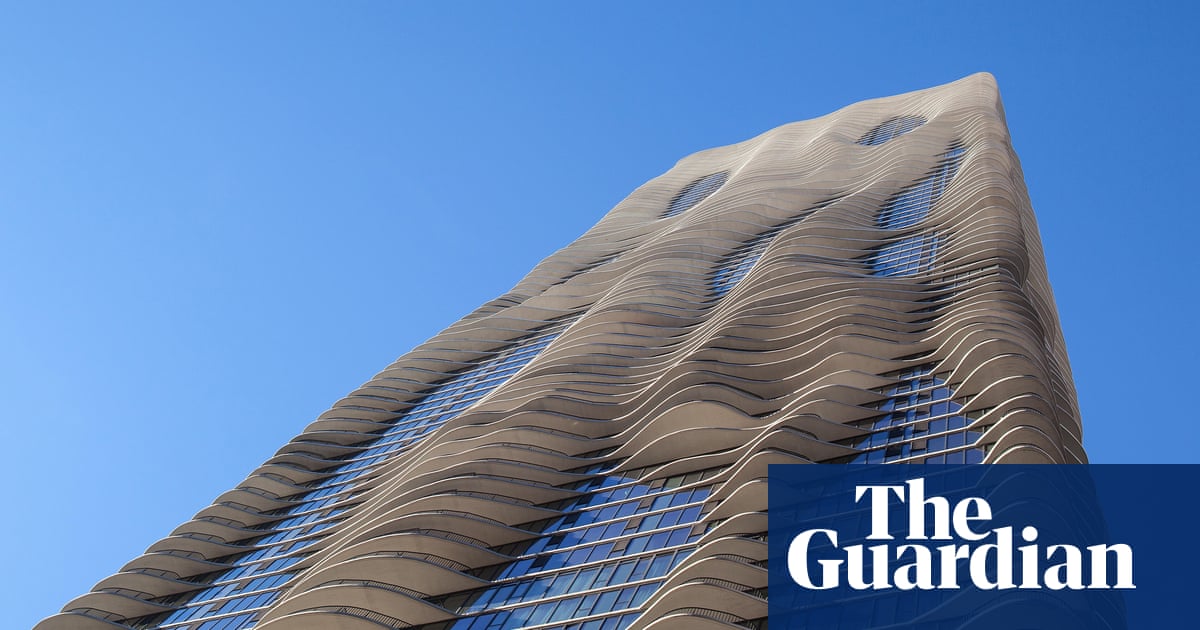Chicago’s 82-story Aqua Tower appears to flutter with the wind. Its unusual, undulating facade has made it one of the most unique features of Chicago’s skyline, distinct from the many right-angled glass towers that surround it.
In designing it, the architect Jeanne Gang thought not only about how humans would see it, dancing against the sky, but also how it would look to the birds who fly past. The irregularity of the building’s face allows birds to see it more clearly and avoid fatal collisions. “It’s kind of designed to work for both humans and birds,” she said.
As many as 1 billion birds in the US die in building collisions each year. And Chicago, which sits along the Mississippi Flyway, one of the four major north-south migration routes, is among the riskiest places for birds. This year, at least 1,000 birds died in one day from colliding with a single glass-covered building. In New York, which lies along the Atlantic Flyway, hundreds of species traverse the skyline and tens of thousands die each year.



Are there, like, piles of bird corpses at the bottom of these buildings? Is it a full time job just to walk around the building over and over with a snow shovel and a trash cart to prevent piles of bird corpses?
Assuming a 16-hour day for activity, that’s just over a bird a minute. Given the flocking behaviour of many species, that might mean occasional “rainfalls” of dead and injured birds.
I’ve walked in cities around the world, and have never actually seen a dead bird on the ground? I’ve seen plenty on rural sidewalks, though. 🤔
Here’s a 99 Percent Invisible podcast episode about bird-safe buildings. https://99percentinvisible.org/episode/murder-most-fowl/
An organization is interviewed in the episode, and they talk about sending people around in the morning to collect and count dead birds, at least occasionally for a survey.